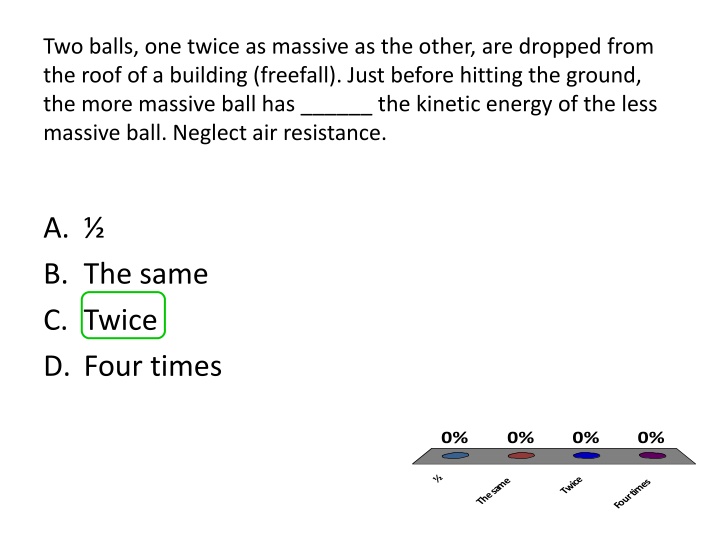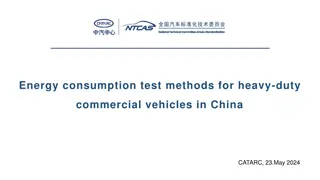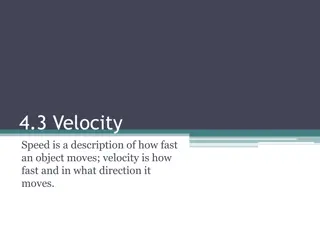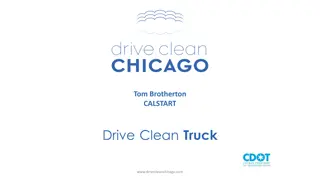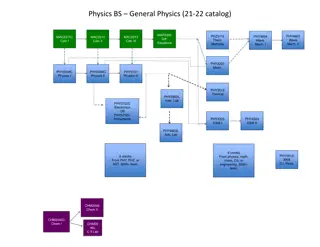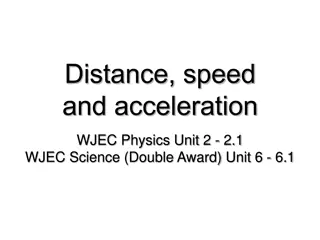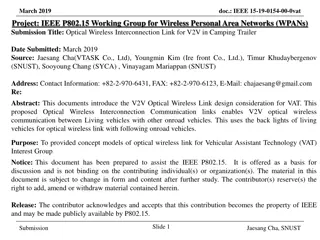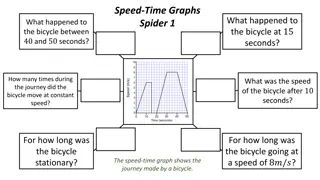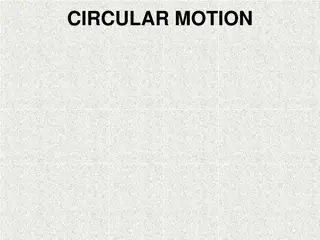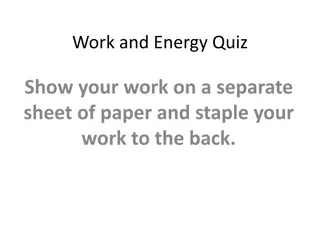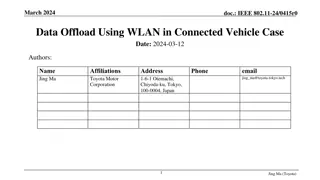Physics Problems: Balls, Skier, Blocks, Vehicles, Work, and Speed
Set of challenging physics problems ranging from the comparison of kinetic energy between balls of different masses, determining rest points on frictionless slopes, understanding the relationship between mass and speed on ramps, comparing the outcomes of forces on cars and trucks, to calculating work done by a car's engine and determining its speed. Test your knowledge and problem-solving skills in various physics scenarios.
Download Presentation

Please find below an Image/Link to download the presentation.
The content on the website is provided AS IS for your information and personal use only. It may not be sold, licensed, or shared on other websites without obtaining consent from the author.If you encounter any issues during the download, it is possible that the publisher has removed the file from their server.
You are allowed to download the files provided on this website for personal or commercial use, subject to the condition that they are used lawfully. All files are the property of their respective owners.
The content on the website is provided AS IS for your information and personal use only. It may not be sold, licensed, or shared on other websites without obtaining consent from the author.
E N D
Presentation Transcript
Two balls, one twice as massive as the other, are dropped from the roof of a building (freefall). Just before hitting the ground, the more massive ball has ______ the kinetic energy of the less massive ball. Neglect air resistance. A. B. The same C. Twice D. Four times 0% 0% 0% 0% Twice The same Four times
A skier is on a frictionless slope. If starting from rest, at which point will the skier momentarily rest? A. B. C. D. E. F. None of these 0% 0% 0% 0% 0% 0% None of these
A block of mass m is at rest at the top of a ramp of vertical height h. The block starts to slide down the frictionless ramp and reaches a speed v at the bottom. If the same block were to reach a speed 2 v at the bottom, it would need to have slid down a frictionless ramp of vertical height _____. A. h B. sqrt(2)*h C. 2h D. 3h E. 4h F. 5h 0% 0% 0% 0% 0% 0% 2h 3h 4h 5h h sqrt(2)*h
A lighter car and a heavier truck, both initially at rest, are pushed with the same constant force F. After both vehicles travel a distance d, which of the following statements is true? (Ignore friction) A. The heavier truck will have more kinetic energy B. They will have the same velocity C. They will have the same kinetic energy D. Not enough information to determine 0% 0% 0% 0% They will have the same... Not enough information... They will have the same ... The heavier truck will h...
The engine of a 1000 kg sports car rotates the tires, creating a net forward force on the car due to friction with the ground that varies as a function of distance. The force is shown in the figure. If the car starts at rest, How much work does the car do during the first 500 meters? Rank Responses 1 2 3 4 5 6 0% 0% 0% 0% 0% 0% 1 2 3 4 5 6
The engine of a 1000 kg sports car rotates the tires, creating a net forward force on the car due to friction with the ground that varies as a function of distance. The force is shown in the figure. If the car starts at rest, what is the speed of the car after traveling 500 meters? Rank Responses 1 2 3 4 5 6 0% 0% 0% 0% 0% 0% 1 2 3 4 5 6
